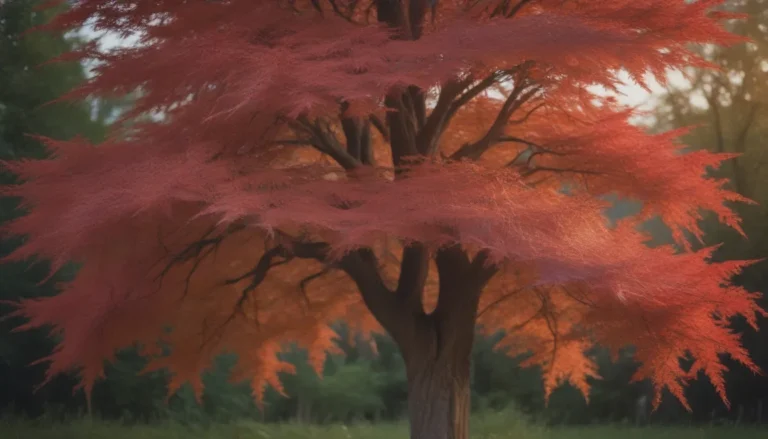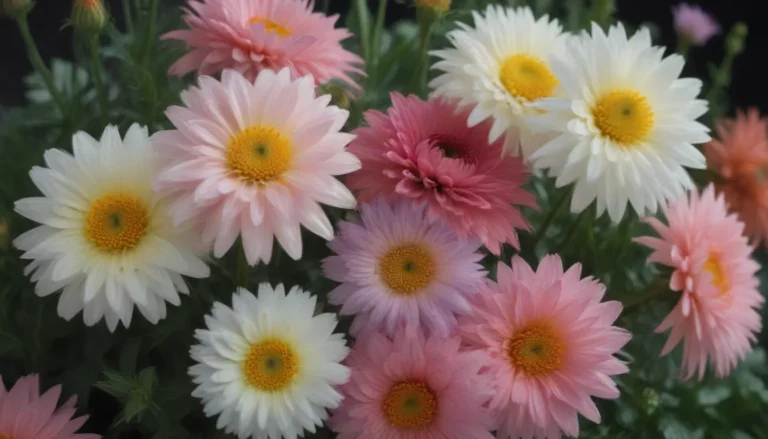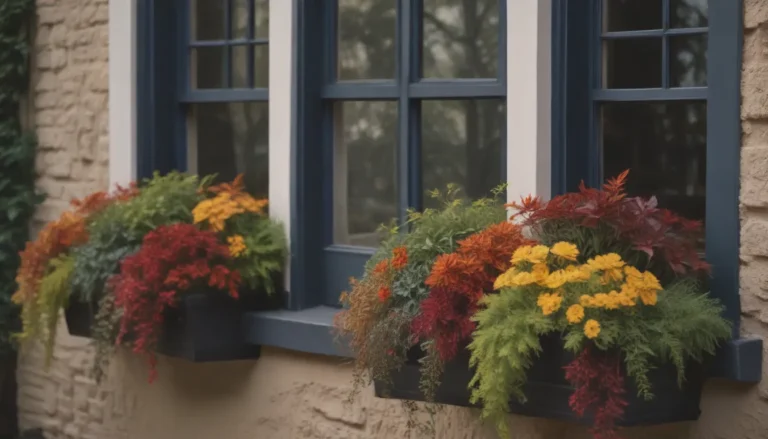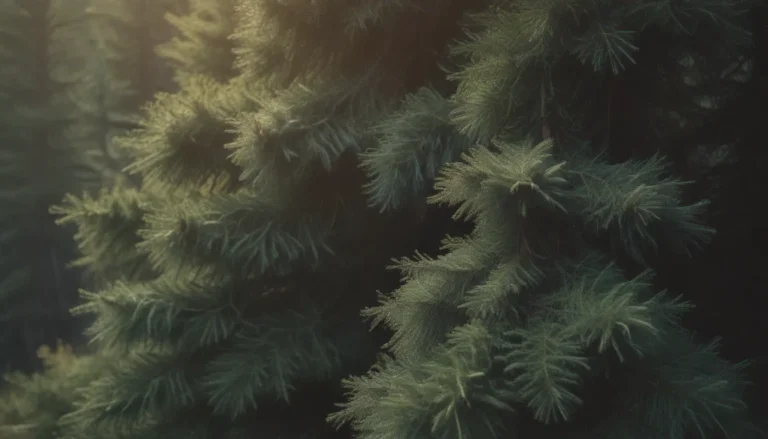The Ultimate Guide to Forget-Me-Not: Plant Care, Growing Tips, Symbolism, and More
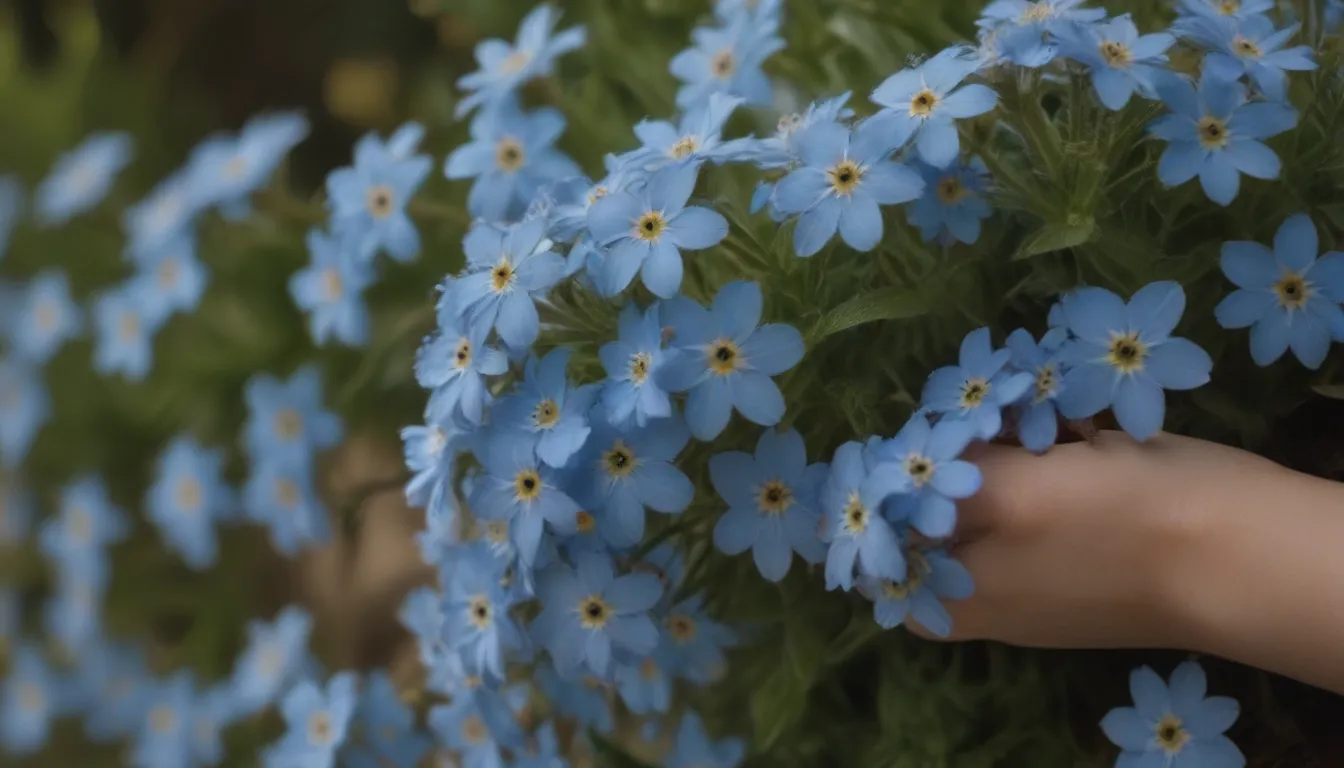
Forget-me-nots are charming flowers that hold a special place in the hearts of many gardeners. With their delicate blooms and rich history, these plants add a touch of elegance to any landscape. In this comprehensive guide, we will explore everything you need to know about forget-me-nots, from their care and growing tips to their symbolism and different varieties.
Forget-Me-Not Overview
Forget-me-nots are valued for their attractive flowers, which are typically blue but can also be found in other colors. These plants are herbs historically used for their astringent properties and have been used to treat wounds and various medical conditions. Forget-me-nots are short plants, typically reaching just 5 inches at maturity, with hairy stems and five-petaled flowers that grow in cymes. They are easy to care for and can thrive in both sun and shade, depending on the region.
While forget-me-nots are technically short-lived perennials, most gardeners treat them as biennials, sowing seeds in midsummer and enjoying the blooms the following year. These plants reseed readily, making them invasive in certain regions. However, with proper care and maintenance, forget-me-nots can be a beautiful addition to any garden.
Forget-Me-Not Meaning and Symbolism
The name “Myosotis” comes from Greek words meaning “mouse ear,” a reference to the plant’s foliage that resembles mouse ears. Forget-me-nots hold special symbolism, historically representing true love, respect, fidelity, and devotion. They are often used as bridal flowers for their sentimental significance.
Forget-Me-Not Care
Forget-me-nots are versatile plants that are tolerant of rabbits and deer, making them a popular choice for many gardeners. However, they can be invasive and are considered a noxious weed in certain regions. To prevent self-seeding, it’s essential to deadhead spent blooms and seed heads regularly.
- Light: In the North, forget-me-nots can be grown in full sun or partial shade. In southern regions, they should be given afternoon shade to prevent wilting.
- Soil: These plants grow best in rich, consistently moist, well-drained soil.
- Water: Forget-me-nots tolerate wet soil and should be watered enough to keep the soil evenly moist.
- Temperature and Humidity: They can withstand a wide range of temperatures but are susceptible to powdery mildew in hot, humid climates.
- Fertilizer: Fertilize forget-me-nots with compost or a general-purpose fertilizer annually, following product label instructions.
Types of Forget-Me-Nots
Forget-me-nots belong to the Myosotis genus and come in various species and cultivars. Some popular types include:
- Small-flowered forget-me-not
- Broadleaf forget-me-not
- Blue Basket
- Music
- Pompadour
- Snowball
- Ultramarine
- Victoria Blue
- Victoria Rose
- Victoria White
Pruning Forget-Me-Not
Pruning forget-me-nots is essential to control their spread and encourage blooming. While massing several plants together can enhance their display value, deadheading flowers can help prevent overgrowth and promote re-blooming.
Propagating Forget-Me-Not
Forget-me-nots reseed easily, but they can also be propagated by digging up and transplanting existing plants. To propagate them effectively, space the transplants 10 inches apart in spring for optimal growth.
Growing Forget-Me-Not From Seed
Forget-me-nots are easily grown from seed and can be introduced into your garden by broadcasting seeds in midsummer. With proper watering and care, seedlings will emerge in fall and bloom the following spring.
Overwintering Forget-Me-Not
Forget-me-nots are cold-hardy plants that do not require special winterization measures, except in extremely cold climates. With minimal care, these plants can thrive and return year after year.
Common Problems for Forget-Me-Not
Forget-me-nots are generally resistant to pests but can be susceptible to powdery mildew and rust. To prevent these diseases, avoid overhead watering and ensure proper air circulation around the plants.
As you care for your forget-me-nots, remember to appreciate their beauty and symbolism. These charming flowers hold a special place in many gardens, adding a touch of nostalgia and elegance to any landscape. By following these tips and guidelines, you can enjoy the beauty of forget-me-nots year after year, creating a lasting and meaningful connection with these beloved plants.
